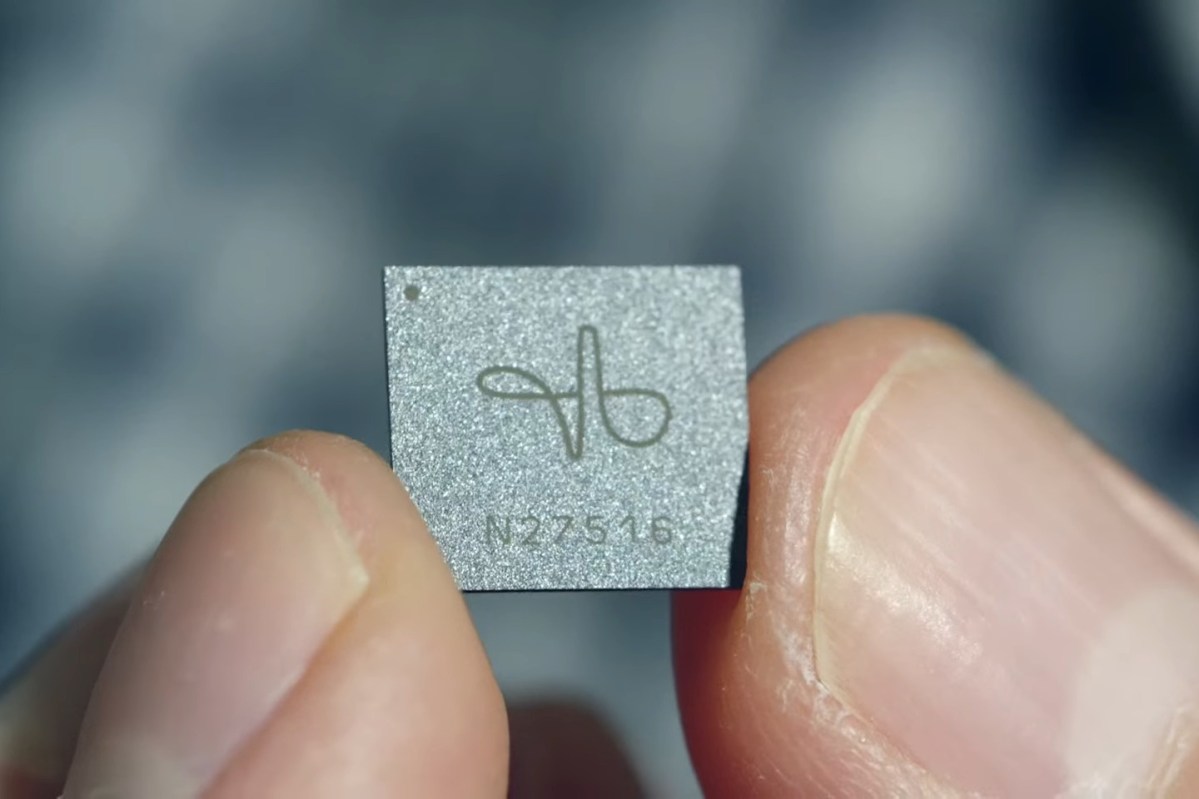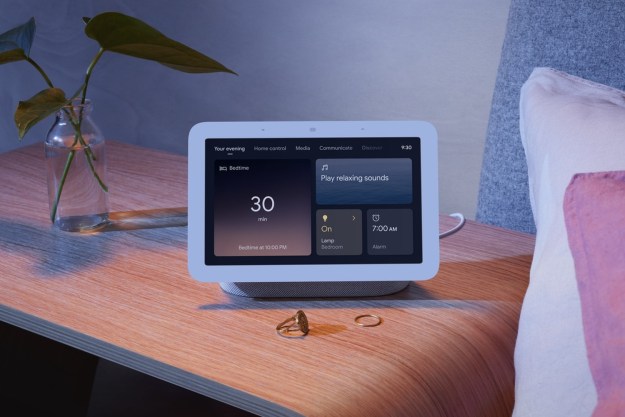
The dream of the smart home is that every object in our houses can communicate with every other one. But as great as that sounds on paper, it’s not very practical.
For one thing, it means replacing plenty of perfectly good “dumb” objects with pricier “smart” ones filled with sensors. It also comes with security and privacy risks — not to mention the current smart hub war being waged between companies like Amazon and Apple to establish a dominant smart home platform.
More emerging tech
- A.I. can generate pictures of a finished meal based on just a written recipe
- Researchers discover a way to make 3D printing 100 times faster using light
- Robots can now carry out plutonium production process for space exploration
- Oscar-winning FX master explains why ‘First Man’ is a giant leap for filmmaking
A solution could well be at hand, however — and it involves radar, a technology which has been around for the best part of a century. Meet Google’s Soli project.
Radar-based computing has been wowing people in research labs for the past several years. In 2015, Google’s Advanced Technology and Projects group (ATAP) showed off tiny radar-based sensors that let users control gadgets by simply tapping their fingers together. Released from its Mountain View, CA, birthplace, the miniature radar technology is being explored by select universities around the world. The results are pretty darn exciting.

Making every object smart
As exciting as the idea of gestural interfaces certainly is — letting people control their smart home devices through a kind of user interface performative dance — it took researchers based approximately 5,000 miles from Google’s main campus to truly get us excited about radar-powered computing.
“Suddenly, every object in your home becomes a way to communicate with your computer.”
Recently, computer scientists at the University of St Andrews in Scotland demonstrated how Google’s Soli sensor can be used to detect interactions with objects with an impressive level of detail. For instance, it can keep track of the number of cards being dealt from a deck.
Similarly, it can measure the sand in an hourglass, tally the number of sheets of paper or poker chips being stacked, or even work out the shape of simple Lego structures. All of this is done entirely using radar signals, without any image recognition.
Those have clear potential applications in places like casinos or offices. More excitingly, though, is what they suggest about the possibility of smart homes. “Placing computation into every element in the home might not be the most scalable or secure way going forward,” Professor Aaron Quigley, Chair of Human Computer Interaction in the School of Computer Science at the University of St Andrews, told Digital Trends. “An approach that has one or two elements that can sense the interactions of lots of other household objects could be a more suitable approach.”
Radar-based technology could make every object in our homes smart without having to add computation for each one. “Soli interaction makes us realize that we don’t need to interact with computers that look anything like the computers we’ve interacted with in the past,” he continued. “We can interact with computers just using day-to-day objects. If I had this kind of sensor in, for instance, a regular kettle and a cup, it’s possible to detect them. You can interact with them, and the computer will understand what you’re doing. Suddenly, every physical object in your home becomes a way to communicate with your computer.”
“You won’t have to program in all of these things because the machine will just recognize them.”
The technology could, for instance, turn everyday objects into “tokens.” Rather than having to learn new gestures, you just interact regularly with objects, and let your computer figure out the rest. Imagine, for instance, being able to flick through a stack of records or a pile of DVDs, and then trigger the media playing by pulling out one specific title. For anyone still mourning the death of tangible media like CDs, the physical case becomes the token. What is removed is the point of failure of the actual CD itself. As Quigley puts it, “The idea is that passive inert objects become part of your computational interaction.”
Radars in the home?
For anyone who has seen a giant radar dish, the idea of having equivalent technology in our homes sounds crazy. But as with other sensors, miniaturization has transformed monostatic radars.
Consider computers, which transitioned from room-occupying behemoths in the 1950s to personal computers a couple of decades later to smartphone microprocessors in the current day; so too are radar chips smaller than our fingernails going to make this technology mainstream in a way it never was before. For the first time ever, radar chips are small, low-powered, and low-cost enough to be used everywhere — even to create the world’s smallest violin.
Heck, thanks to a recent U.S. Federal Communications Commission waiver, Project Soli sensors are now allowed to use frequencies between 57 and 64 Ghz, higher than typically allowed in normal gadgets. This will only broaden the number of possible applications.
“This is why I love working in a university,” Quigley continued. “Students come in with none of the preconceptions that so many of us have. They have expectations that technology can be so much better. They’re unsurprised by what’s possible. Their approach is, ‘Why shouldn’t I be able to wave my hand in front of a dishwasher to start and stop it?’ or ‘Why shouldn’t the washing machine recognize the contents of the clothes pile you’re carrying?’ You won’t have to program in all of these things because the machine will just recognize them. This isn’t far away. It’s coming sooner than we think.”
We can’t wait to see what happens next. Get ready for a world of radar-powered smart homes.
Editors' Recommendations
- Your Google smart home devices just got a lot less talkative
- Google partners with ADT to launch new smart home security system
- App makes Breville Joule Oven Air Fryer Pro truly smart
- New floor tile tech could help power smart homes with footsteps
- 7 things you didn’t know the Google Nest Cam (2021) could do


